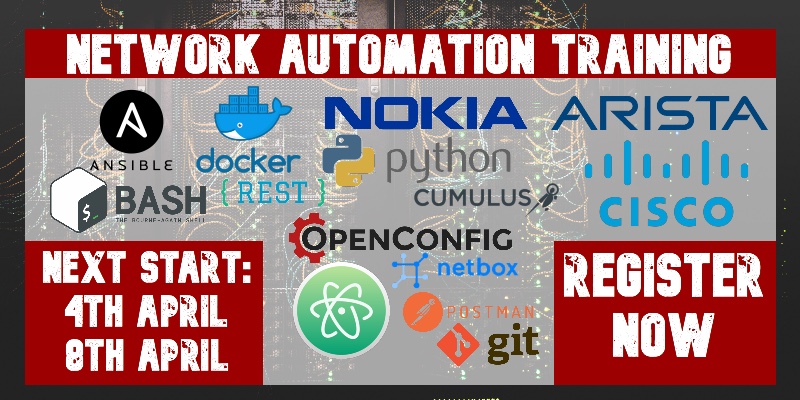0

No
Internet, no school: School closings in
the U.S. in response to the coronavirus pandemic are exposing the continuing
digital divide in the country, U.S. News and World Report says. The
Federal Communications Commission should step in to help poor students get
access, Commissioner Jessica Rosenworcel told a Senate committee recently.
Testing the Internet’s capacity: Meanwhile, there are
some worries that millions of people potentially working from home in the
coming weeks could literally “break the Internet,” Slate
reports. Corporate VPNs, stock trading sites, and video gaming services
could be among the services impacted by people working from home.
Bad news in the U.K.: In Britain, broadband networks
aren’t ready for millions of people working from home, ABC14News.com
reports. Many home-based Internet services in the U.K. still use old
copper-based networks, and Internet users should expect congestion.
The downside of working from home: One Washington
Post writer worked from home for eight days and ran into several
difficulties, including Internet outages. “Video conferencing fails 50 percent
of the time. The online tools I’m using — Slack, Microsoft Office, Dropbox —
treat work as paramount, so it never really goes away.”
Hackers take advantage: Continue reading





